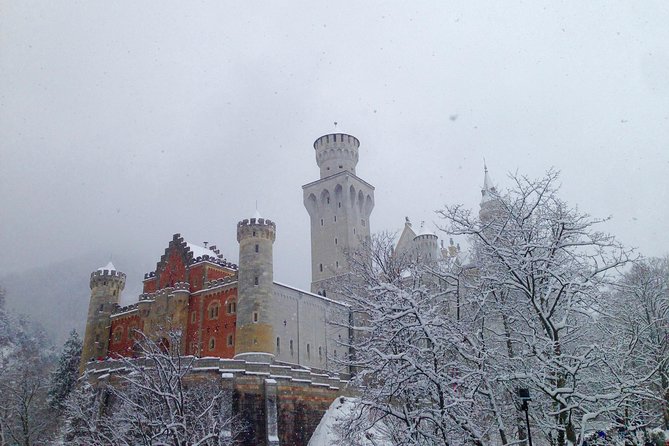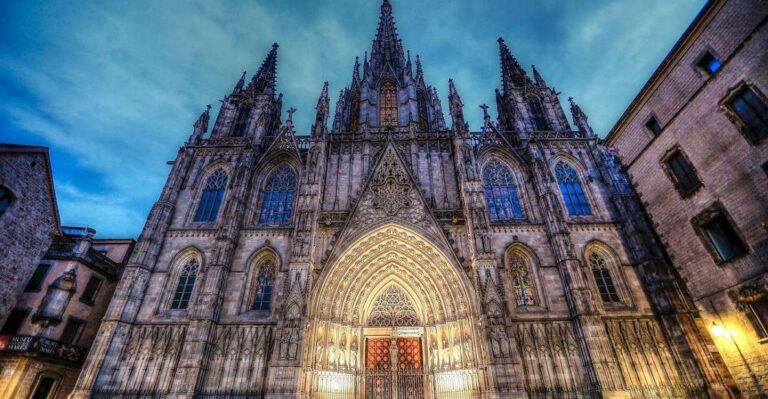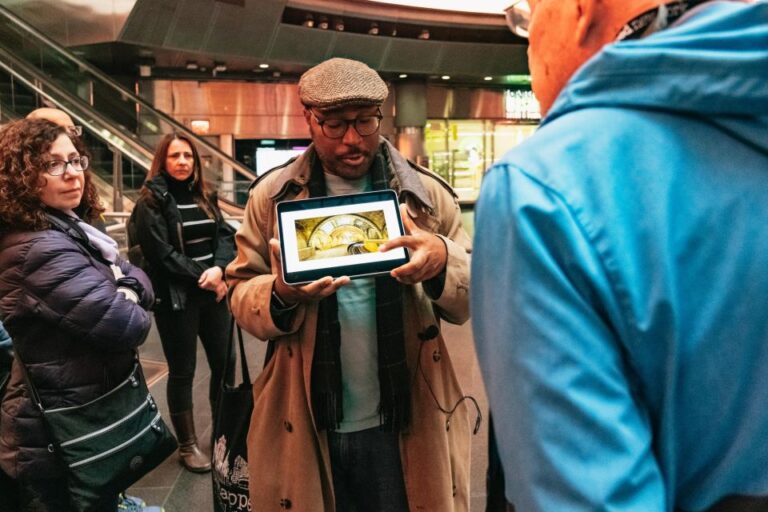The Albaicin neighborhood in Granada offers a captivating window into the city’s rich Moorish heritage. On this private guided walking tour, visitors will enjoy the enchanting blend of Roman, Visigothic, and Umayyad influences that have shaped Granada’s distinctive character over the centuries. From Neolithic cave dwellings to Nasrid architectural masterpieces and the legacy of Christianization, the tour provides a comprehensive exploration of Granada’s cultural tapestry. Discover how diverse traditions have harmoniously fused to create the captivating charm that continues to enchant modern-day visitors. Unraveling the layers of this historic neighborhood promises to be a truly enlightening experience.
Key Points

- Explore the Moorish charm of the Albaicín neighborhood, with its intricate Islamic architecture and captivating views of the Alhambra and Sierra Nevada mountains.
- Discover the cultural fusion in Granada, where Moorish, Roman, and Christian influences have blended seamlessly over the centuries.
- Gain insights into Granada’s rich history, from its Neolithic roots to the Christianization of the 16th century, through a private guided walking tour.
- Experience the vibrant Calderería Nueva market area, enjoying the authentic atmosphere of Granada’s past and present.
- Uncover the lasting legacy of the Umayyad conquest and the Emirate of Granada era, which have shaped the city’s distinctive character.
Overview of the Tour
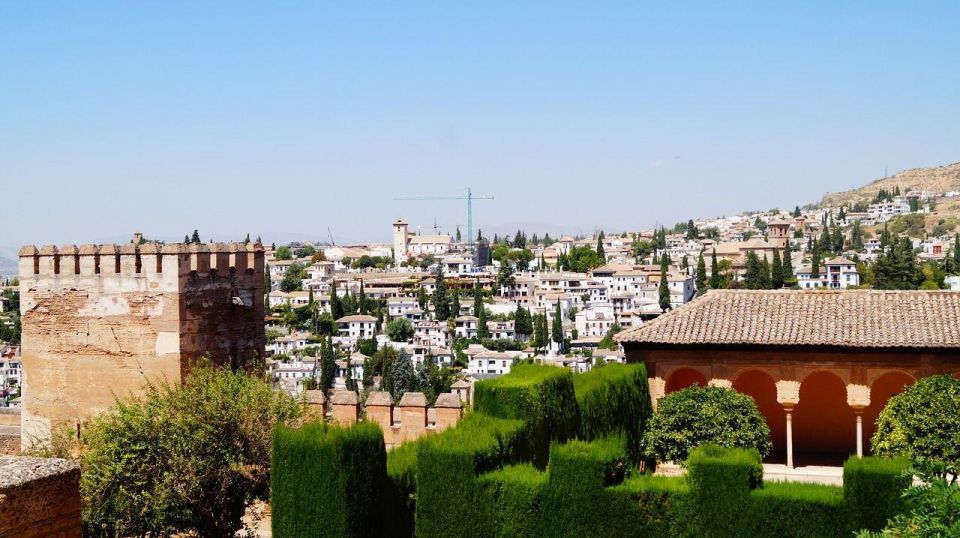
This private guided walking tour in Granada, Spain offers visitors a comprehensive exploration of the city’s rich history and cultural heritage, spanning from its ancient Neolithic roots to its Christianization in the 16th century.
The 2-hour tour, led by a live English-speaking guide, delves into the city’s Roman and Visigothic legacies, the Umayyad conquest and the birth of Al-Andalus, the Emirate of Granada era, and the blending of Spanish and North African cultures.
Highlights include the Moorish charm of the Albaicín neighborhood, the flavors of Calderería Nueva, and the blend of architecture in the Cathedral of Granada. Explore the fusion of these diverse influences and uncover the layers of Granada’s past.
Exploring Neolithic Roots
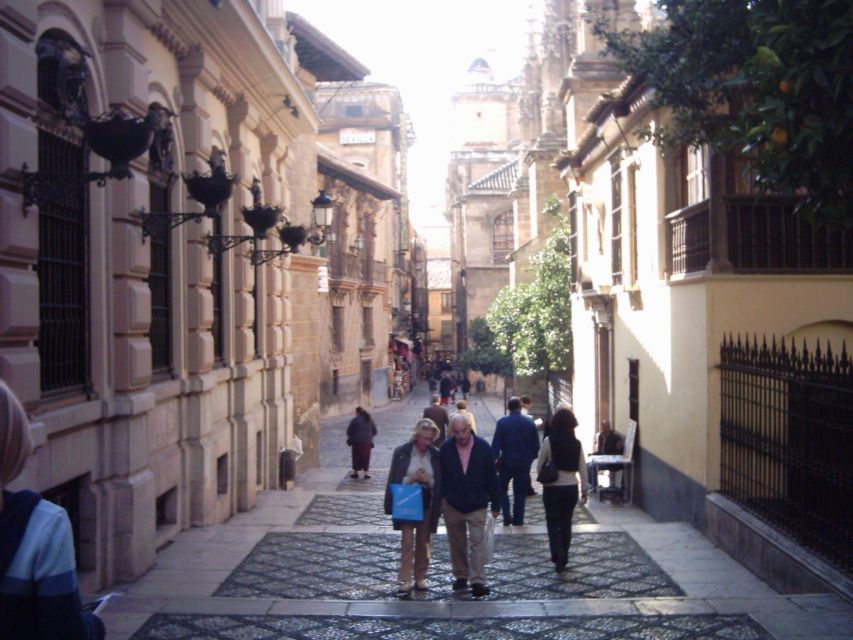
Granada’s ancient Neolithic roots can be uncovered through the city’s rich archaeological heritage, which provides a window into the earliest human settlements in the region. Visitors can explore the remnants of Stone Age dwellings and witness the development of primitive agricultural practices that laid the foundation for the region’s vibrant cultures. The tour guide will expertly navigate these historical layers, bringing the past to life and revealing how Granada’s Neolithic legacy has continued to shape the city’s identity over millennia.
| Key Neolithic Sites | Artifacts Discovered | Significance |
|---|---|---|
| Cueva de los Murciélagos | Cave paintings, pottery, stone tools | Insights into Neolithic lifestyle and rituals |
| Cerro de la Virgen | Settlements, burial sites | Evidence of early agricultural communities |
| Fuente Alta | Stone circles, megalithic structures | Examples of Neolithic monument building |
| Monachil River Valley | Farming tools, animal bones | Clues about Neolithic subsistence strategies |
Witnessing Roman and Visigothic Legacies
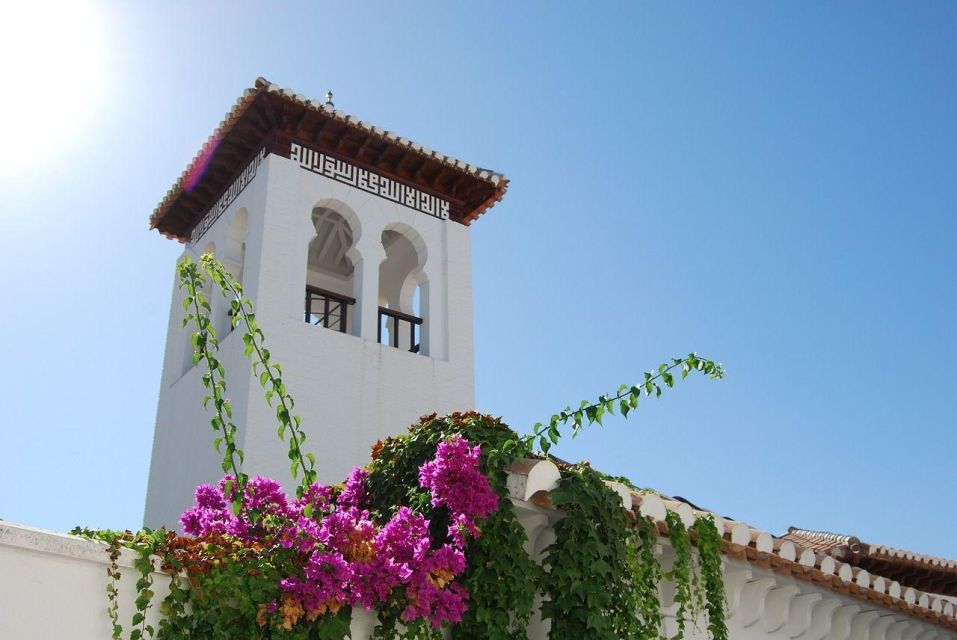
As visitors explore the Albaicín neighborhood, they can witness the lasting legacies of Roman and Visigothic rule in Granada. Remnants of ancient infrastructure, religious sites, and architectural styles from these eras dot the landscape, providing a tangible connection to Granada’s storied past.
The city’s strategic location along key trade routes made it an important hub during the Roman Empire, with ruins of aqueducts, roads, and fortifications still visible today.
Following the Romans, the Visigoths left their mark through the construction of early Christian churches, some of which were later repurposed by the Moors.
These layers of history create a rich tapestry that visitors can explore and appreciate as they navigate the winding streets of the Albaicín.
Experiencing Umayyad Conquest and Al-Andalus Birth
The Umayyad conquest of the Iberian Peninsula in the early 8th century ushered in a pivotal era known as Al-Andalus, establishing Granada as a thriving center of Moorish culture and influence. This period saw the blossoming of Islamic architecture, poetry, and scholarship, as the city became a bastion of Umayyad power. The tour will uncover the lasting legacy of this era, revealing the intricate interplay between Spanish and North African traditions that shaped Granada’s distinctive character.
| Umayyad Conquest | Al-Andalus Era | Moorish Influence | Architectural Legacy |
|---|---|---|---|
| 8th century | Thriving center | Islamic architecture | Lasting impact |
| Iberian Peninsula | Moorish culture | Poetry and scholarship | Spanish-North African fusion |
| Establishment of Granada | Umayyad power | Bastion of Umayyad rule | Distinctive character |
| Pivotal era | Blossoming of arts | Interplay of traditions | Uncovered on the tour |
Uncovering the Emirate of Granada Era
Following the decline of Umayyad rule, the Emirate of Granada era emerged as a distinct chapter in the city’s history, marked by the rise of the Nasrid dynasty and the ongoing tensions between Muslim and Christian influences.
The Nasrid rulers consolidated their power and transformed Granada into a flourishing center of art, architecture, and learning. They built the iconic Alhambra palace and fortifications, which remain as enduring symbols of Moorish grandeur.
However, the Emirate of Granada was ultimately unable to withstand the steady advance of the Christian kingdoms, culminating in its surrender to the Catholic Monarchs in 1492 and the end of Muslim rule in the region.
Navigating Christianization in the 16th Century
With the demise of the Emirate of Granada, the Christianization of the region unfolded rapidly in the 16th century.
The Catholic Monarchs, Ferdinand and Isabella, instituted sweeping changes to impose their religious and political dominance, transforming the cultural landscape that had long been shaped by Moorish influences. This process involved:
- Forcible conversion of the Moorish population to Catholicism, leading to the suppression of Islamic practices and customs.
- The construction of imposing Catholic cathedrals and churches, often built atop or incorporating elements of former Moorish structures.
The gradual marginalization of the Moorish community, leading to their eventual expulsion from the region in the subsequent centuries.
Discovering Cultural Fusion in Granada
Granada’s unique heritage lies in its remarkable cultural fusion, a tapestry woven from the legacies of Neolithic, Roman, Visigothic, Umayyad, and Christian influences.
Visitors can enjoy this rich tapestry, exploring the Moorish charm of the Albaicín neighborhood and savoring the flavors of Calderería Nueva.
The tour guides visitors through the blend of architectural styles in the Cathedral of Granada, showcasing the city’s ability to harmonize diverse cultural elements.
This walking tour offers a captivating journey through Granada’s past, revealing how the city’s deep-rooted histories have culminated in a vibrant, multicultural present that captivates all who explore its winding streets.
Exploring the Moorish Charm of Albaicín
The Albaicín neighborhood, with its Moorish charm, beckons visitors to step back in time and enjoy Granada’s rich cultural tapestry.
This historic quarter, perched on a hill overlooking the city, is a maze of winding cobblestone streets, whitewashed houses, and hidden plazas.
Visitors can explore:
- The Moorish architecture, including the intricate Islamic designs and ornate details that adorn the buildings.
- The bustling Calderería Nueva, a lively market area where the aroma of spices and the sounds of local life create an authentic atmosphere.
- The breathtaking views of the Alhambra and the snow-capped Sierra Nevada mountains, which provide a stunning backdrop to the Albaicín’s timeless allure.
Frequently Asked Questions
What Is the Cancellation Policy for the Tour?
The cancellation policy typically allows customers to cancel or modify their reservation for a full refund up to 24 hours prior to the tour. Specific details may vary, so customers should check the policy when booking.
Can the Tour Be Customized to the Group’s Interests?
Yes, the tour can be customized to the group’s interests. The tour guide is flexible and willing to adjust the itinerary to focus on the aspects of Granada’s history and culture that most interest the participants.
What Are the Parking Options Near the Meeting Point?
There are several parking options near the meeting point. Visitors can find paid street parking or utilize nearby parking garages. The tour company can also provide recommendations for the most convenient parking locations.
Are There Any Discounts Available for Students or Seniors?
Yes, the tour provider offers discounts for students and seniors. Customers can save on the tour price by presenting valid student or senior identification at the meeting point.
Can the Tour Be Booked in Other Languages Besides English?
The tour can be booked in languages besides English. According to the overview, the live tour guide provides the service in English, though accommodations for other languages may be available upon request.
Recap
The Albaicin neighborhood of Granada offers a captivating glimpse into the city’s Moorish heritage.
This private guided walking tour takes visitors on a comprehensive exploration of Granada’s rich cultural tapestry, showcasing the harmonious fusion of diverse traditions that have shaped the city over the centuries.
From Neolithic cave dwellings to Nasrid architectural masterpieces, the tour provides an immersive experience in Granada’s distinctive character, leaving visitors enchanted by the Moorish charm of the Albaicin.


